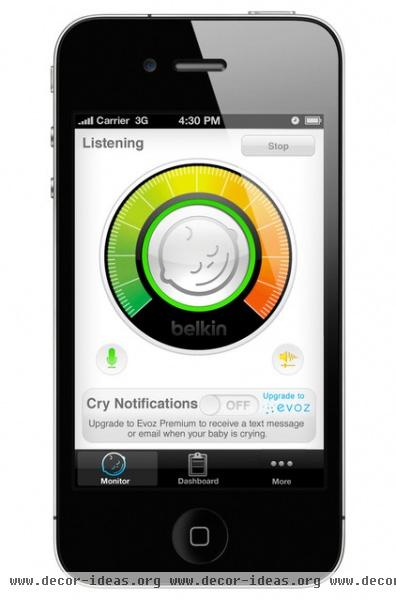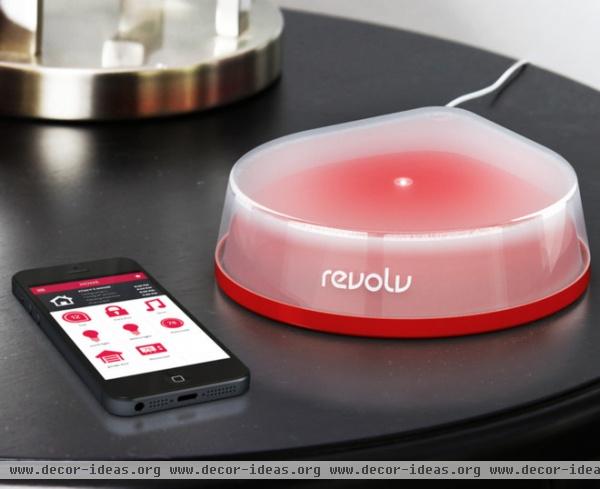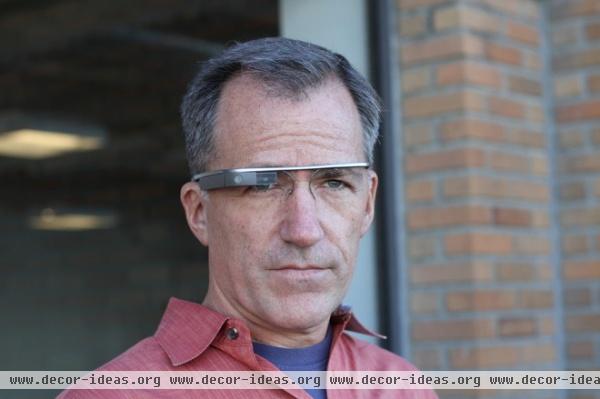The Future of Home Automation: Cheap, Wearable and Mobile!
http://decor-ideas.org 11/11/2013 04:50 Decor Ideas
Home automation today is expensive and complex, and tends to be composed of proprietary solutions that have to be installed by experts. Very quickly, however, that model is being replaced by something else entirely.
A wide range of low-cost, easy-to-install home-automation devices has come on the market in the past two years. These typically do simple things like change the lights, lock the doors and change the room temperature — all using basic equipment you already own.

The new standard in home automation controllers is an iPhone or Android smart phone. Home automation gadgets now typically use existing home Wi-Fi networks. And many of the products take advantage of existing home infrastructure. For example, smart locks often don’t replace deadbolts, but are installed over them and actually turn the locks for you. Smart bulbs plug into existing home lamps.
One example is Belkin's WeMo Baby monitor. Baby monitors in the past came with a camera and a viewer and communicated with each other through a proprietary wireless network unique to each device. The Belkin version takes the new approach: The camera part comes from Belkin, but the viewer is an app on an existing phone. And they talk to each other through an existing home wireless network.
The one problem these share with predecessors is mutual incompatibility. Even though they’re using some of the same hardware and networks, they still don’t interoperate with each other or provide a central point of control. The good news, though, is that innovation (with a lot of help from the crowd-funding movement) is fixing those problems.
Here’s what the future of home innovation will look like.

Revolv is an upcoming product that unites smart-phone-controlled home automation products into a single controller — smart-phone controlled, of course. (Revolv supports iPhone today and will support Android in the near future, according to the company.)
Revolve helps solve the home automation incompatibility problem. For example, different solutions tend to use proprietary radio technology for wireless connectivity and different protocols for using those radios. Revolve has seven radios built in and will support 10 protocols to overcome these incompatibilities. (Note that only three of those radios — Wi-Fi, Z-Wave and Insteon — will ship in the initial release.)
It has a hub, which the company says can be set up in one minute. Once it connects to your home Wi-Fi network, a “wizard” process finds the smart-phone-controlled devices in your house. These can include products like the Belkin WeMo, Philips Hue, Insteon lightbulbs and Sonos devices, Kwikset locks, Honeywell programmable thermostats, Smarthome remotes and many others.
Once these are connected, you can make things happen based on triggers, such as the time, or sensors, such as proximity, movement or ambient light. For example, you could have the room temperature be changed to your preference starting when you’re 15 miles from home, and have the lights and stereo come on just as your front door is automatically unlocked as you approach it.
Note that Revolv will be available only in the United States at first.

The creators of the Revolv product have been playing around with combining Google Glass control with home automation.
Google Glass is an experimental device worn like glasses that provides a screen over the right eye. It’s controlled by voice command and by touching a touchpad on the right side. It connects to Wi-Fi and via Bluetooth to a smart phone, and runs special Google Glass apps. Google Glass is not available to the public yet, but only to about 20,000 or 30,000 Google-selected people. (Full disclosure: I’m a Google Glass user and wear it every day — that's me in the photo.)
Revolv currently enables a Google Glass–specific interface for doing the same things you can do with an iPhone. By the time Google Glass ships (in about a year, most likely), Revolv may evolve to support Google Glass out of the box.
What’s important to note about this is that by that time, Google Glass will be just one of many options for wearable computing devices controllable with the same or very similar interfaces, including voice control. One major platform will be smart watches — wristwatches that function like Google Glass does, more or less, enabling control of everything in the house with a wristwatch.
This combination of developments — low-cost, smart-phone-based products unified by a hub and controlled via wearable computing technology — is the future of home automation.
Tell us: Are you starting to automate more equipment in your house?
Related Articles Recommended












